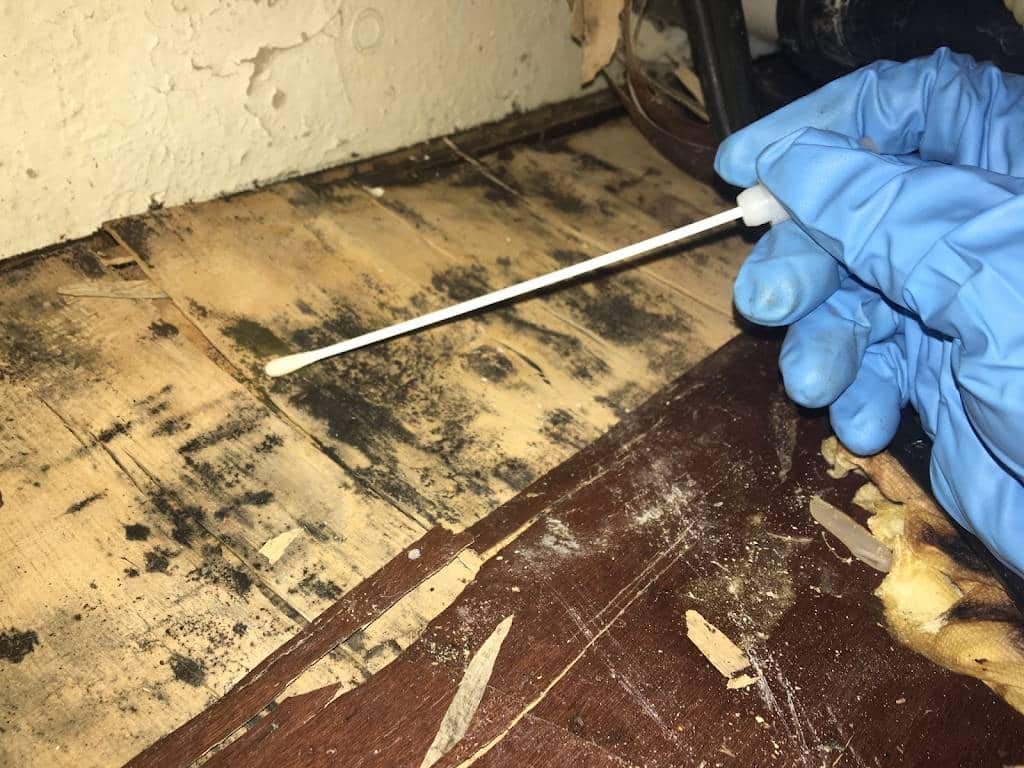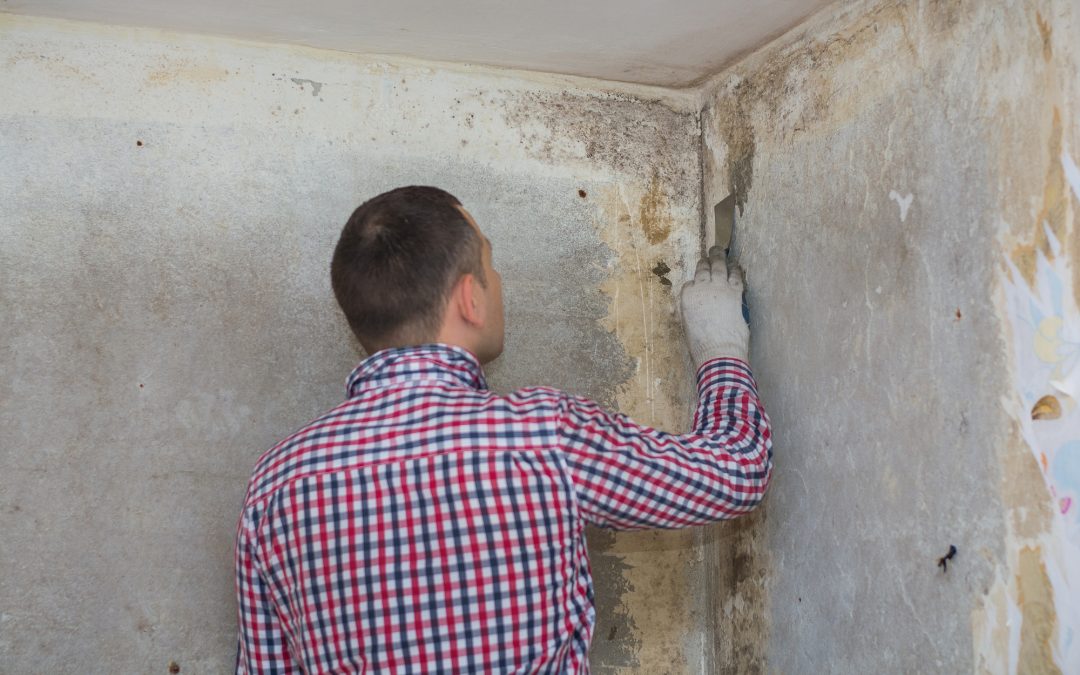Advice on What to Do After Mold Remediation
Key Steps for Effective Blog Post Mold And Mildew Removal
Attending to mold and mildew problems in a efficient and timely manner is important for preserving a healthy interior setting. Effectively completing mold remediation is a complex procedure that needs interest to detail and adherence to details methods. From checking treated locations to applying dampness control steps, each step plays a vital role in ensuring the efficiency of the remediation process. Nonetheless, there are crucial post-remediation steps that are equally crucial however frequently forgotten. These actions not only confirm the success of the remediation initiatives however additionally add to preventing future mold and mildew growth.
Assessment of Treated Locations
Upon completion of the mold remediation procedure, a comprehensive evaluation of the treated locations is imperative to make certain the effectiveness of the removal initiatives. This evaluation works as a critical step in the post-remediation stage to validate that the mold removal and cleaning treatments were successful in getting rid of the mold and mildew problem and restoring a risk-free interior setting. The evaluation must be performed by qualified professionals who have the know-how to assess the remediated areas carefully.
Throughout the inspection, different aspects are reviewed to determine the success of the remediation process. These include visual assessments to check for any signs of mold growth or water damage, wetness levels to verify that the area is totally free and dry of excess humidity that could promote mold re-growth, and air quality testing to ensure that the indoor air is secure to take a breath. In addition, the examination might include making use of specialized devices such as dampness meters and thermal imaging electronic cameras to identify surprise mold and mildew or wetness pockets that could lead to future mold and mildew troubles if left uncontrolled. On the whole, a detailed assessment of the treated locations is critical to confirm the efficiency of the mold removal initiatives and offer satisfaction to the occupants of the building.

Moisture Control Steps
Reliable dampness control actions are important for avoiding mold growth and preserving a healthy interior environment. To achieve this, it is important to attend to resources of wetness within the structure. Appropriate ventilation is essential to managing humidity levels. Installing exhaust fans in restrooms and kitchens can help remove excess moisture. In addition, making use of dehumidifiers in wet locations can aid lower moisture levels, making it harder for mold to thrive.
Consistently evaluating and keeping the building's exterior can additionally stop moisture breach. After mold remediation. Making certain that rain gutters are clear, downspouts direct water far from the foundation, and the roof covering is in excellent condition can aid avoid water from permeating into the structure. Correctly securing doors and home windows can also assist keep wetness out
Any kind of leaks or spills must be cleansed and dried out within 24-48 hours to avoid mold growth. By carrying out these dampness control measures, the risk of mold repeating can be significantly decreased, producing a much healthier interior atmosphere.
Correct Air Flow Analysis
An integral facet of making sure a healthy interior environment blog post mold removal is carrying out a comprehensive analysis of the ventilation system. Proper air flow assessment plays a critical function in protecting against future mold growth and keeping air top quality within the afflicted room.
Moreover, analyzing the ventilation system consists of examining the distribution of air throughout the location to identify any kind of areas of bad blood circulation where moisture and pollutants can gather. Proper air flow not just helps in managing moisture degrees but likewise help in removing airborne mold and mildew spores and various other pollutants, consequently enhancing general interior air top quality. By dealing with any type of air flow concerns post mold remediation, residential or commercial property proprietors can develop a much healthier and much more comfortable atmosphere for owners while reducing the risk of mold re-infestation.
Cleaning and Sanitation Protocols
To make certain comprehensive mold remediation, precise adherence to particular cleaning and sanitation protocols is imperative. Cleansing and sanitation methods play a vital function in the post-mold remediation phase to stop the reoccurrence of mold and mildew growth and guarantee a safe and healthy environment. The primary step in this process is the elimination of any kind of noticeable mold and mildew growth using suitable cleaner and strategies. It is essential to make use of EPA-approved fungicides and anti-bacterials to properly get rid of mold spores and prevent their regrowth.
Additionally, applying preventive steps such as using mold inhibitors and maintaining correct air flow can help reduce the threat of future mold and mildew infestations. By complying with rigorous cleansing and disinfection protocols, residential property proprietors can ensure the successful elimination of mold and mildew and develop a healthy and balanced indoor environment for residents.
Tracking and Upkeep Strategy
Applying a normal surveillance and maintenance plan is essential for ensuring the lasting efficiency of mold remediation initiatives. When mold removal is finished, it is important to establish a monitoring timetable to examine the success of the remediation procedure.
In addition, creating a maintenance strategy is key to stopping future mold and mildew issues. Routine upkeep not just helps in avoiding mold and mildew yet also adds to maintaining a healthy and balanced interior setting - Post Remediation verification.
Final Thought
Finally, successful post mold removal entails detailed evaluation of treated areas, execution of dampness control procedures, evaluation of proper ventilation, adherence to cleansing and disinfection protocols, and facility of a surveillance and maintenance plan. These vital actions are important to make certain that mold growth is properly gotten rid of and avoided from recurring in the future. By adhering to these standards, home owners can keep a risk-free and healthy setting for passengers.
Upon completion of the mold and mildew remediation procedure, a detailed assessment of the treated locations is important to ensure the efficiency of the remediation initiatives. These consist of visual analyses to inspect for any kind of signs of mold development or water damage, wetness degrees to verify that the location is totally free and completely dry of excess humidity that might advertise mold re-growth, and air high quality screening to guarantee that the indoor air is secure to take a breath. Additionally, the assessment may include making use of specialized tools such as wetness meters and thermal imaging electronic cameras to discover surprise mold or wetness pockets that can lead to future mold and mildew problems if left untreated. By dealing with any air flow concerns upload mold remediation, building owners can create a healthier and a lot more comfy setting for occupants while decreasing the danger of mold and mildew re-infestation.
